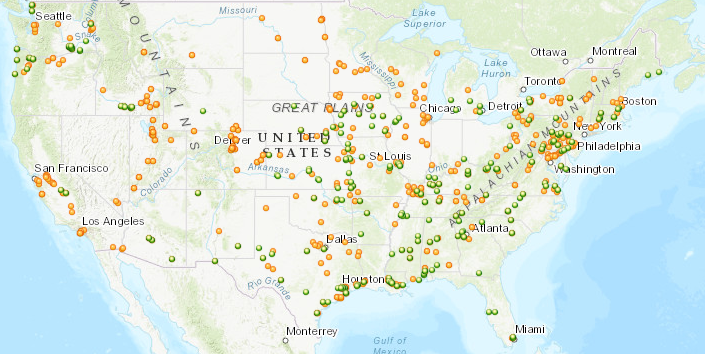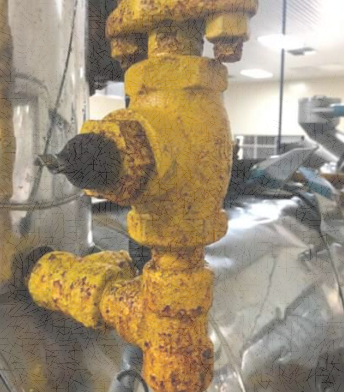The EPA focuses its enforcement and compliance resources on the most serious environmental violations by developing and implementing national program priorities, previously called National Enforcement Initiatives (NEIs). As part of the EPA’s ongoing efforts to increase the environmental law compliance rate and reduce the average time from violation identification to correction, the EPA’s Office of Enforcement and Compliance Assurance (OECA) has adjusted and renamed the NEI program. The improved program is named the National Compliance Initiatives (NCI) program, a name that better conveys the overarching goal of increased compliance and the use of not only enforcement actions, but the full range of compliance assurance tools.EPA hasReducing Accidental Releases at Industrial and Chemical Facilities
Reducing Risk of Accidental Releases at Industrial and Chemical Facilities
Thousands of facilities nationwide, many of which are in environmental justice communities, make, use, and store extremely hazardous substances. Catastrophic accidents at these facilities—historically about 150 each year—can result in fatalities and serious injuries, evacuations, and other harm to human health and the environment. These facilities are regulated under Clean Air Act (CAA) Section 112(r) through the chemical accident prevention regulations, also known as the Risk Management Program. The regulations apply to stationary sources that have a listed chemical in a process at or above an established threshold quantity. A broader statutory obligation under CAA § 112(r)(1), the General Duty Clause (GDC), applies to all stationary sources with regulated substances or other extremely hazardous substances, regardless of the quantity of chemical involved. The GDC requires facilities to identify hazards that may result from accidental releases by using appropriate hazard assessment techniques, designing and maintaining a safe facility, taking such steps as are necessary to prevent releases, and minimizing the consequences of those accidental releases that do occur. Facilities regulated under CAA § 112(r) are found in every state.
FY 2020-2023 Update
This NCI will continue in FY 2020-2023. The EPA has found that many regulated facilities are neither managing adequately the risks they pose nor ensuring the safety of their facilities to protect surrounding communities as required under CAA § 112(r).
Goal
The goal of this NCI is to reduce the risk to human health and the environment by decreasing the likelihood of chemical accidents. A successful initiative would reduce communities’ risk by having regulated facilities and industry associations work to:
- improve safety;
- increase compliance with RMP and GDC requirements; and
- promote coordination and communication with state and local responders and communities.
Actions
The following map and chart show the EPA’s actions in targeting and reducing accidental releases of extremely hazardous chemicals. These results were last updated at the end of FY 2018; the next update will be at the end of FY 2019.
Map of inspections and addressing actions at facilities that use extremely hazardous substances.


